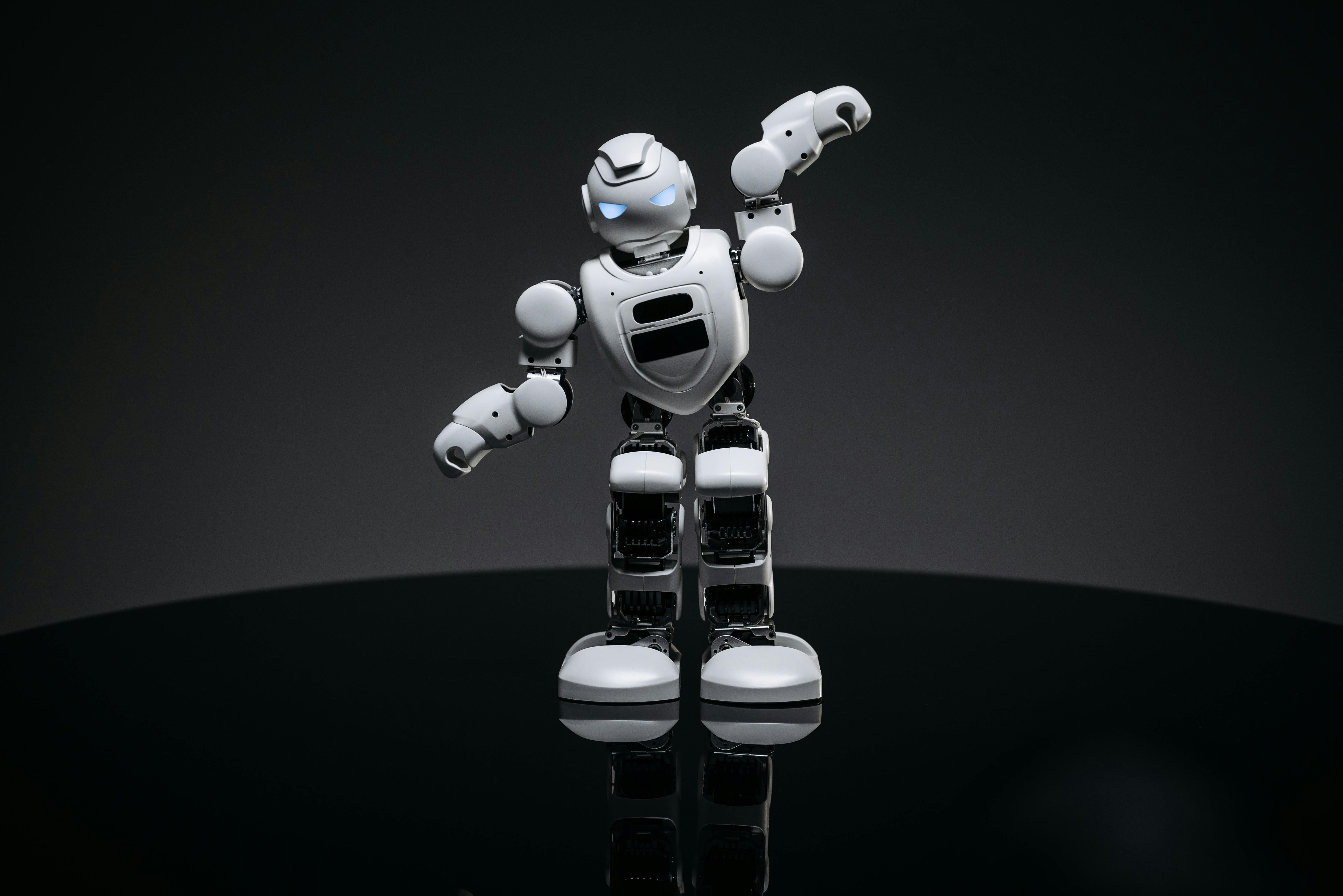
The Revolution Is Causal: How Code World Models End the Bug Era by Learning to Predict the Future
For years, AI coding assistants have been stuck in the dark ages of mimicry—brilliant parrots repeating syntax patterns without genuine understanding. They could suggest code that looked right but often failed spectacularly when faced with real-world complexity. Today, that era ends. Enter the Code World Model (CWM)—the first true AI Engineer that doesn’t just write code but understands its consequences.
From Syntax Mimicry to Causal Understanding
Traditional AI assistants operate like culinary students who memorize recipes without understanding ingredients. They know that for i in range(10): creates a loop, but they don’t grasp what happens to memory, how variables evolve, or why certain operations cause catastrophic failures. They’re pattern-matchers, not thinkers.
The Code World Model represents a fundamental paradigm shift. Instead of merely predicting the next token in a sequence, CWM learns to simulate the entire execution process internally. It builds a mental model of the program’s state—tracking variable values, memory allocation, and execution flow—essentially creating a “digital twin” of the runtime environment.
The Core Revolution: Prediction as Understanding
At the heart of CWM’s breakthrough is its ability to predict the future state of any code it writes. This isn’t magic—it’s sophisticated training across multiple dimensions:
1. Learning from Execution Traces
CWM is trained on dynamic execution data—detailed records of how programs actually run. These traces capture:
- Variable values at every step
- Memory allocation changes
- Function call sequences
- State transitions and side effects
By analyzing millions of these execution traces, CWM develops an intuitive sense of cause and effect. It learns that x = x + 1 isn’t just syntax—it’s an operation that increments a value, potentially affecting downstream calculations.
2. Learning from Failure Traces
Perhaps the most revolutionary aspect of CWM training is its exposure to failure. Traditional AI only sees successful code, but CWM studies:
- Crash reports and stack traces
- Memory leak patterns
- Race condition scenarios
- Null pointer exceptions
- Buffer overflow incidents
This “negative training” is crucial. By understanding what doesn’t work and why, CWM develops robust error prevention capabilities. It’s like teaching a pilot not just how to fly, but how to recover from stalls and engine failures.
3. The World Model Analogy
Imagine the difference between a chef who follows recipes and one who understands food science. The recipe-follower can make dishes they’ve seen before. The food scientist can invent new dishes, predict how ingredients will interact, and troubleshoot cooking problems.
CWM is the food scientist of coding. It doesn’t just assemble code blocks—it understands their chemical interactions, predicts their behavior under different conditions, and anticipates failure modes before they occur.
The Real-World Impact: Ending the Bug Era
The implications of this causal understanding are profound:
Near-Bug-Free Software
CWM-generated code comes with built-in error prevention. By simulating execution during the writing process, it catches logical errors, race conditions, and memory issues that would normally require extensive testing. Early implementations show up to 80% reduction in critical bugs.
Superior Automated Testing
CWM doesn’t just write code—it writes comprehensive test suites. Because it understands execution paths, it can generate tests that cover edge cases humans would miss. It creates “adversarial tests” that intentionally try to break the code based on its knowledge of failure patterns.
Fundamental Collaboration Shift
Human developers no longer need to micromanage AI assistants. Instead of reviewing syntax, they can focus on high-level architecture and business logic. The AI handles implementation details with human-level understanding of consequences.
Developers can ask: “What happens if we get 10,000 concurrent requests?” and CWM will simulate the scenario, identify bottlenecks, and suggest optimizations—all before a single line runs in production.
The Future Is Predictable
The Code World Model represents more than just better AI—it represents a fundamental shift in how we think about software creation. By moving from statistical pattern matching to causal understanding, we’re not just improving tools; we’re redefining the relationship between human intention and machine execution.
For decades, software development has been plagued by the unexpected. With CWM, we enter an era where the unexpected becomes predictable, where bugs are caught before they’re born, and where AI truly understands the consequences of the code it writes. The revolution isn’t just coming—it’s already here, and it’s causal.
Disclosure: We earn commissions if you purchase through our links. We only recommend tools tested in our AI workflows.
For recommended tools, see Recommended tool

0 Comments